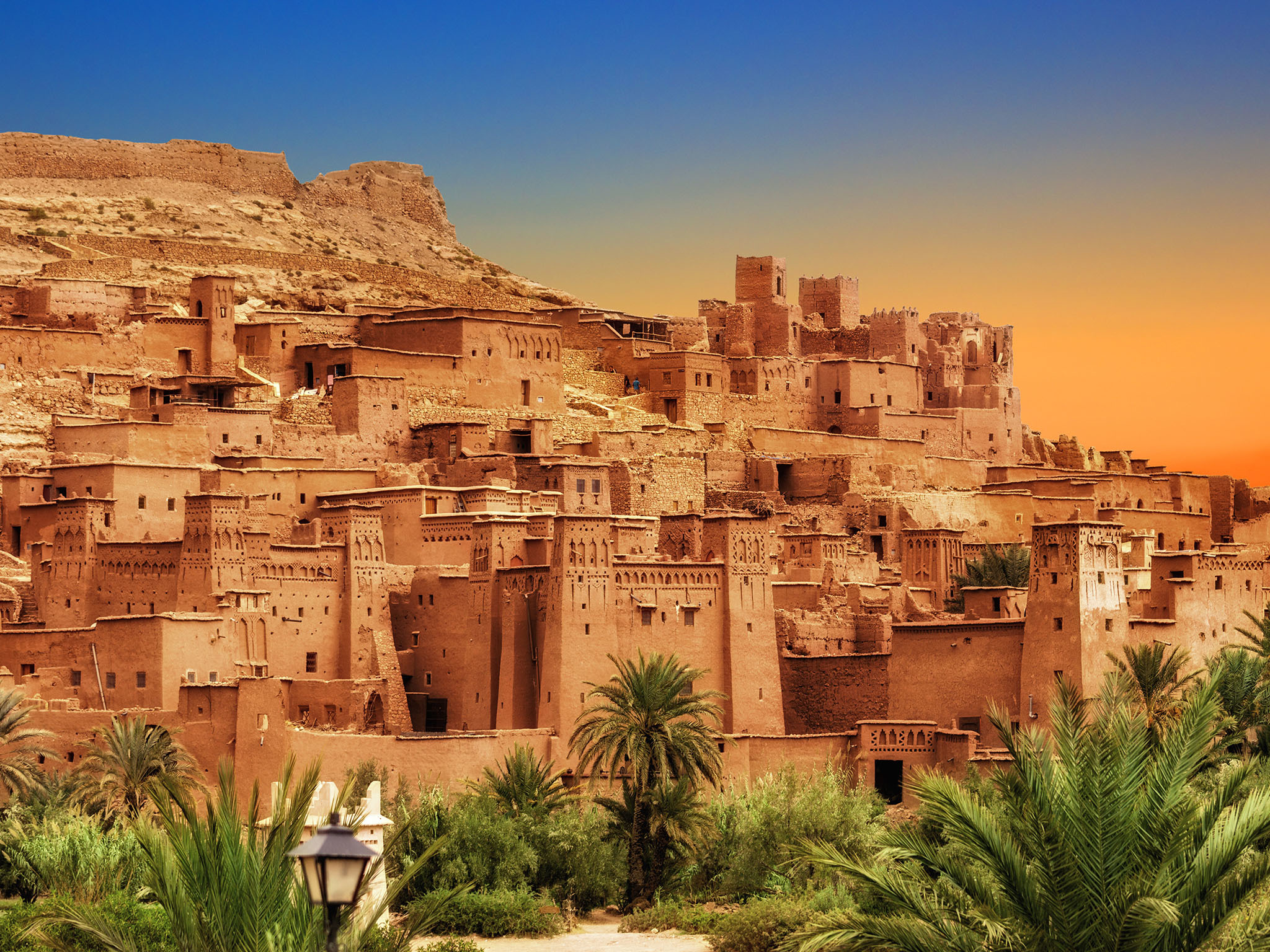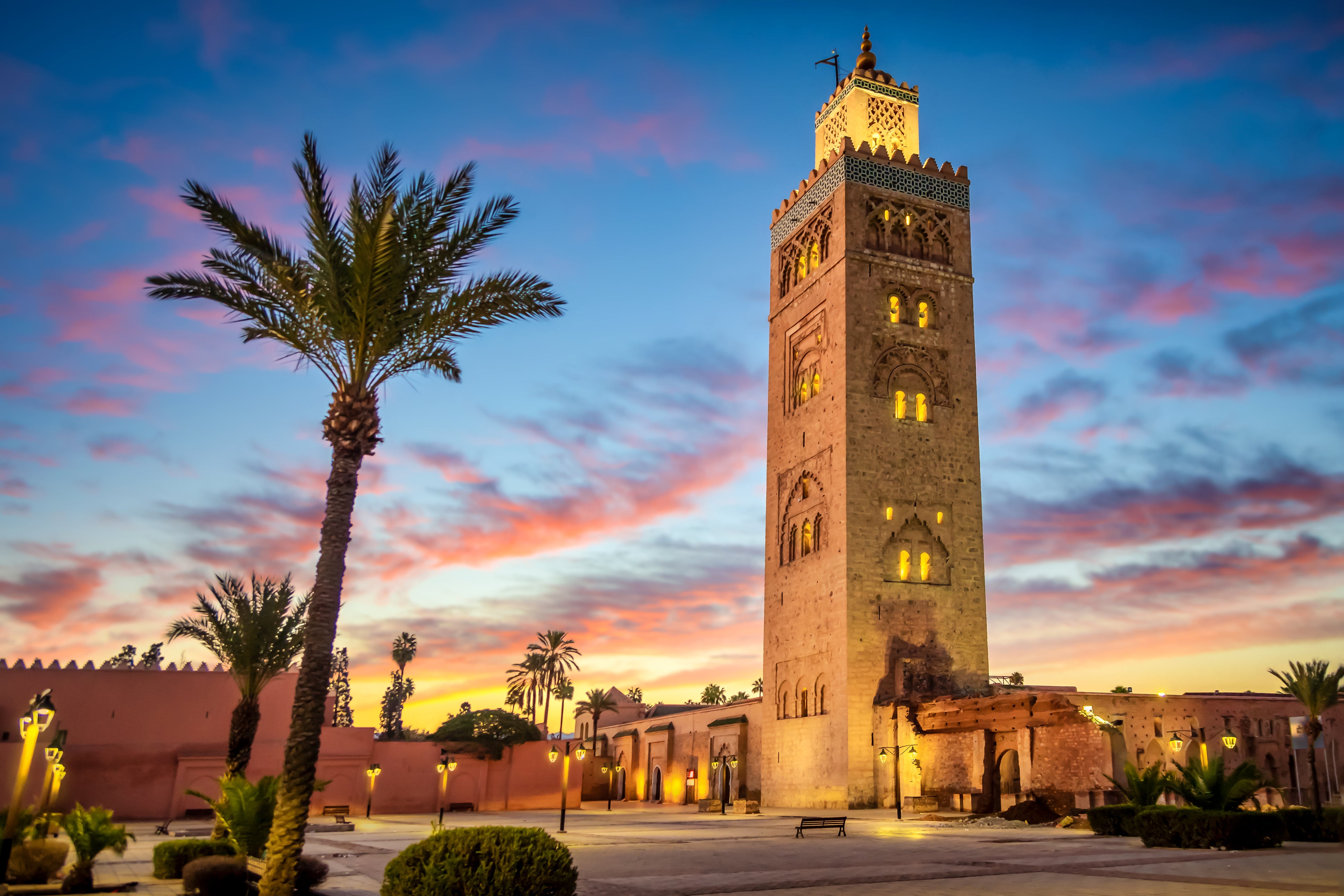
MAGICAL MOROCCO
Duration 07N / 08D
Casablanca (1N) - Chefchaouen (1N) - Fez (2N) View Detail
Marrakech (3N) - Ouarzazate (1N) - Merzouga (3N) - Fez (2N) - Chefchaouen (1N) - Casablanca (1N)
Similar tours that might interest you as well

Duration 07N / 08D
Casablanca (1N) - Chefchaouen (1N) - Fez (2N) View Detail